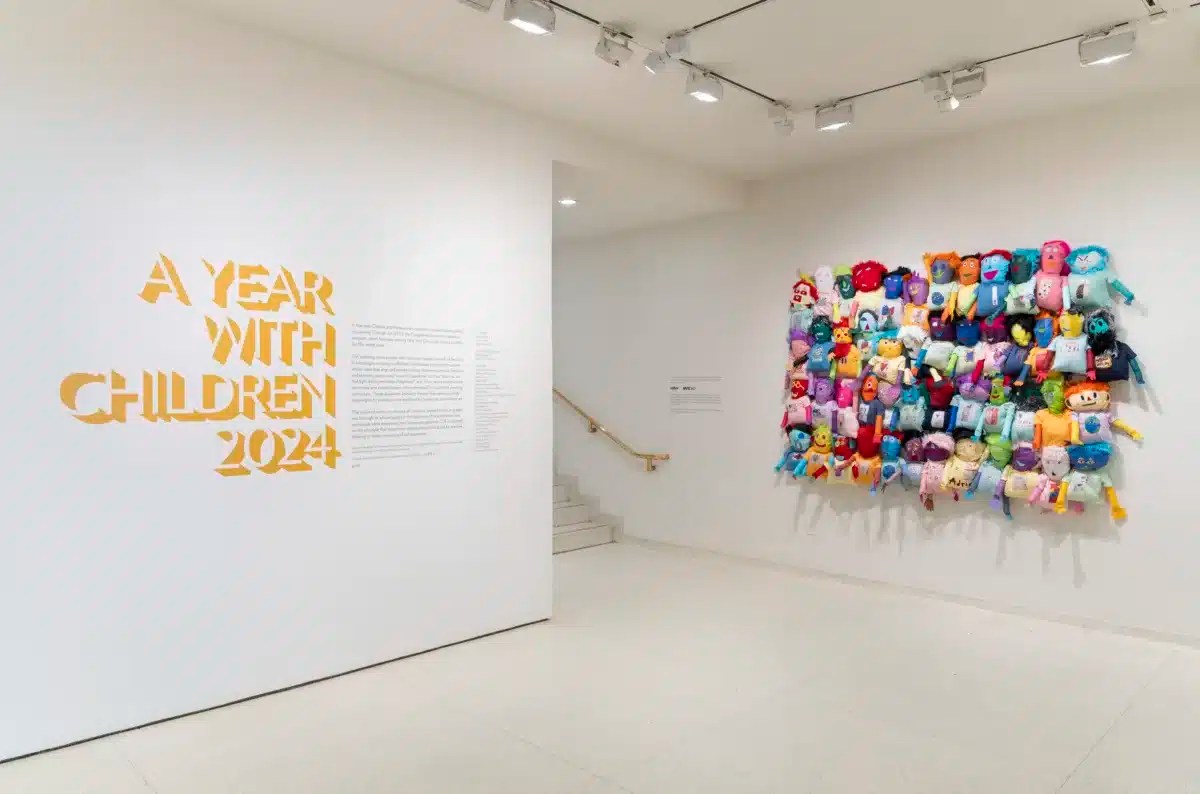Most New Yorkers are probably unfamiliar with the Swedish artist Hilma af Klint. She rarely exhibited her work in the last three decades of her life and when she died in 1944, left clear instructions that nothing be shown for another 20 years.
The Guggenheim’s bold and intriguing exhibition, “Hilma af Klint: Paintings for the Future,” aims to redress that obscurity.
Many works — particularly the groundbreaking series “The Ten Largest” — unquestionably belong in any discussion of abstract art, while others feel like glimpses into an intensely personal exploration of faith.
According to Guggenheim senior curator Tracey Bashkoff, who put the exhibit together, now is the time to consider such a nontraditional artist.
“It seems to me we are at a moment when we are ready to think more expansively, and this is especially important as we think about the artistic contributions of women,” Bashkoff told amNewYork. “It offers us a chance to revisit the roots of Modernism and, in the process, retell that story in ways that look beyond the well-established confines of the art world.”
Af Klint began her career in the 1880s as an illustrator for scientific publications, painting conventional subjects, such as botanical images, still lifes, landscapes.
Her art — and indeed her life — changed dramatically in 1896 when she began meeting with four other women to hold seances and make art. The Five, as they were known, did “automatic” drawings and paintings, purportedly allowing spirits to work through them after the women entered a trance.
Af Klint believed these spirit guides commissioned her lifelong project “The Paintings for the Temple,” as well as the early series “Primordial Chaos,” absorbing oils in green, blue and yellow that feature spiral shells and flowers, mysterious symbols and words, and look like they could have been excerpted from alien scientific texts.
In 1907 she made “The Ten Largest,” remarkable abstract canvases depicting childhood, youth, adulthood and old age. The works evanesce with imagery alluding to life (ovulation, larvae, cell division) cradling circles, swirls, letters and words in pinks, yellows, blues and oranges.
Adding to the innovative nature of ”The Ten Largest” is the fact that the generally acknowledged forefathers of abstract art, such as Piet Mondrian and Wassily Kandinsky, were still painting impressionistic landscapes at the time.
While both men were also devotees of mysticism, they eventually dropped most overtly symbolic depictions of their beliefs from their art. Af Klint did not; her work remained indelibly tied to spiritualism.
She searched themes over and over, in “The Swan” (more than 20 works), “The Parsifal Series” (more than 100 works) and others. She gravitated to symmetrical and often allusive shapes, suggesting temples, altars, rainbows. She exhaustively documented her efforts in notebooks, including photographing and cataloging “The Paintings for the Temple” cycle with the hope that the 193 pieces could be properly understood or displayed one day. She even made her own dictionary, interpreting the symbols, letters, words and colors she used.
“The work was what was important to her, not personal advancement,” Bashkoff said. “I think this commitment enabled her to … wait for what she believed would be the right setting for the work — not the market-driven, materially focused, male-dominated gallery system as it existed, but a situation that would allow viewers to appreciate the work, spiritual messages included, on its own terms.”
If you go: “Hilma af Klint: Paintings for the Future” runs through April 23 at the Guggenheim Museum, 1071 Fifth Ave., guggenheim.org

















